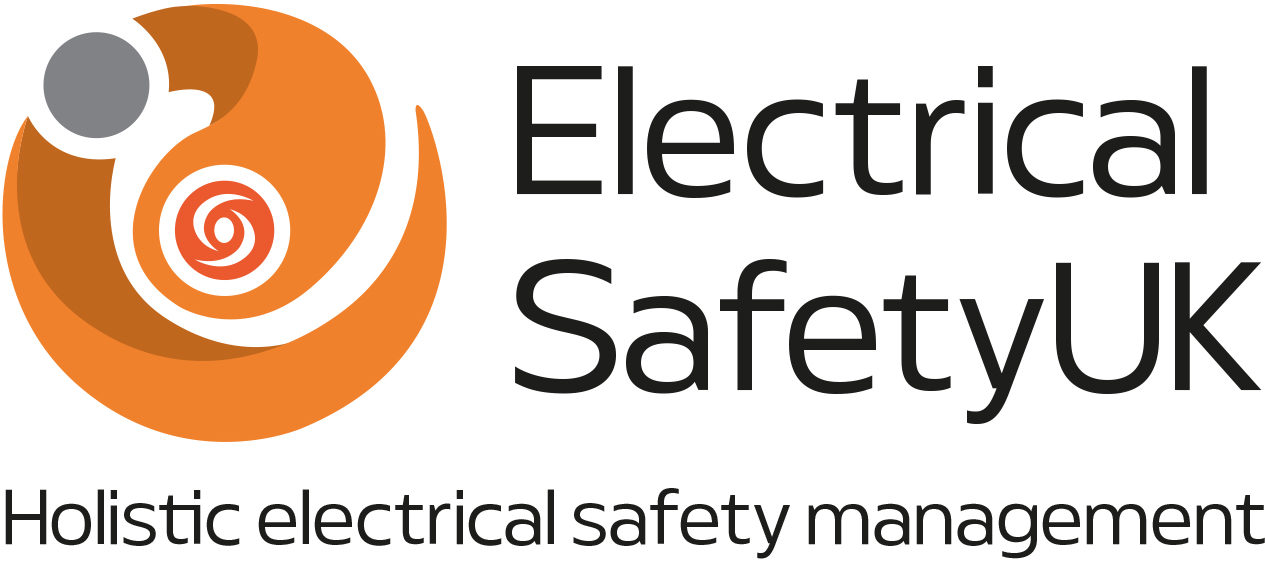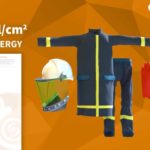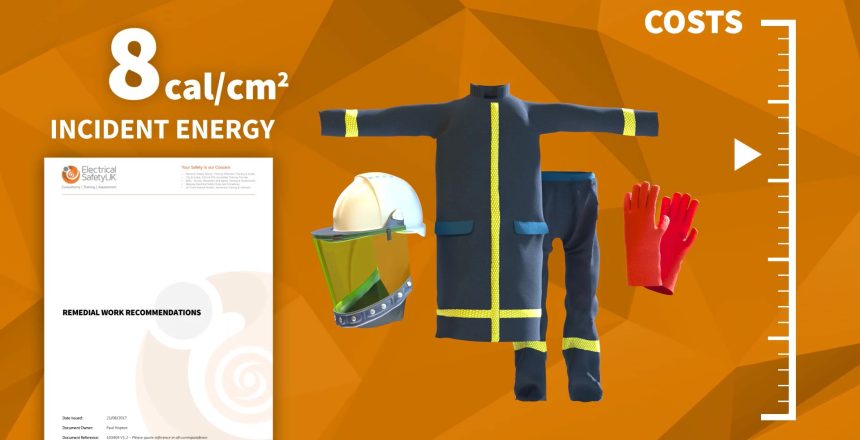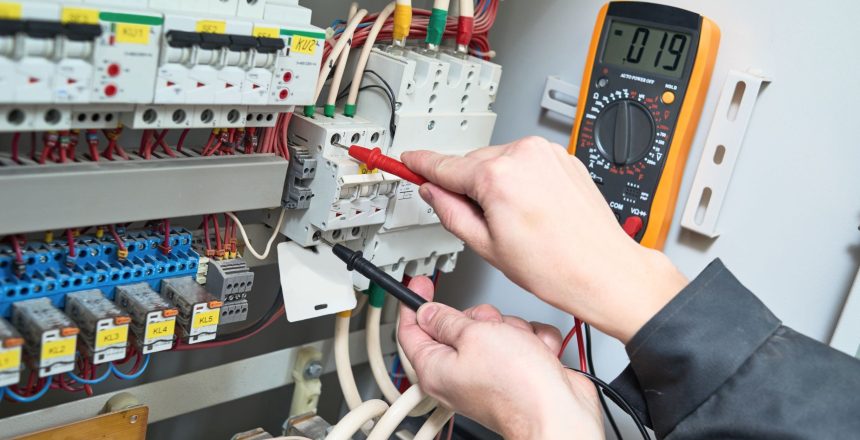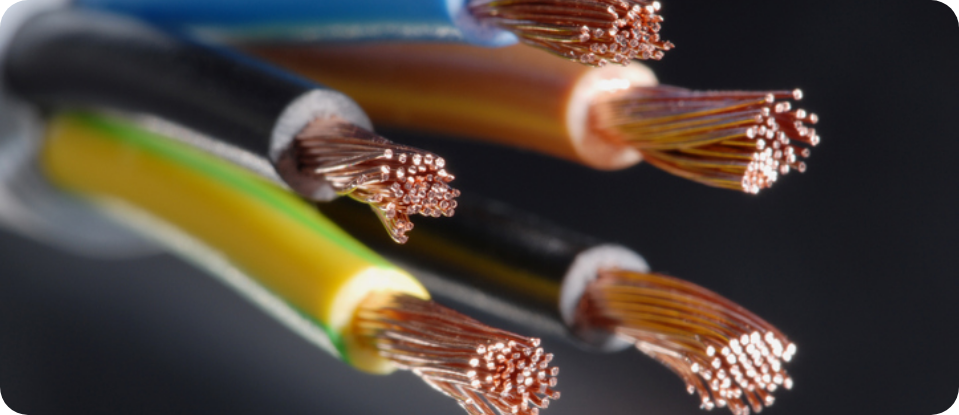Paul Hopton, Deputy Managing Director and Principal Electrical Consultant, discusses when Arc Flash Protection is required, carrying out Risk Assessments to determine the requirement and suitable competency of those involved.
Before you can make any sensible decisions about when arc flash protection is required, you will need to know the level of arc flash hazard you could be exposed to. An arc flash study calculates the maximum potential arc flash hazard (incident energy level) on each piece of equipment on the electrical network. Knowing the incident energy level for the equipment you will be working on is a pre-requisite to risk assessing the hazard. If you do not know the level of incident energy you are facing, you are left with isolating the equipment before working on it or wearing arc flash personal protective equipment (PPE) with a high protection rating. You could be criticised under current legislation for wearing PPE without carrying out a risk assessment. The wearing of arc flash PPE should always be minimised for a number of reasons but including that the PPE can significantly affect your senses: sight, hearing, touch and smell, and your ability to communicate clearly. This is not a good thing when you are working with electricity, so you really only want to be wearing PPE when you need to.
The short answer to the question: “When is arc flash protection required?” is when personnel are carrying out an activity on electrical equipment that could expose them to an arc flash event of 1.2 Cal/cm2 or greater. Fortunately, many of the activities carried out on electrical equipment do not have the potential to expose personnel to significant arc flash risk. However, some of the activities that are carried out, do expose personnel to significant risk and adequate control measures need to be put in place to prevent serious injury or fatalities.
If an arc flash occurs that has an incident energy of less than 1.2 Cal/cm2 then the likelihood is that if you were exposed to that event, you may end up with at worst, a first-aid type injury. If we then consider the likelihood of an arc flash occurring, from a risk perspective we have:
- A low consequence – first-aid type injury at worst
- A low likelihood of the event occurring – typically 10-6 or once a year in your industry
Therefore a low risk can be considered acceptable.
What about arc flash events >1.2 Cal/cm2
If personnel are carrying out an activity on electrical equipment that could expose them to an arc flash event >1.2 Cal/cm2 but <8 Cal/cm2 then we would look to control the hazard though operational, engineering, or other control measures. If there was not a relatively easy to implement,
low-cost control measure available to us, then we would recommend the use of arc flash PPE to control the hazard. We should consider that PPE rated at 8 Cal/cm2 would not significantly affect the wearer’s senses and ability to communicate when compared to 40 Cal/cm2 arc flash PPE. Typically, 8 Cal/cm2 arc flash PPE would look something like the following image.
